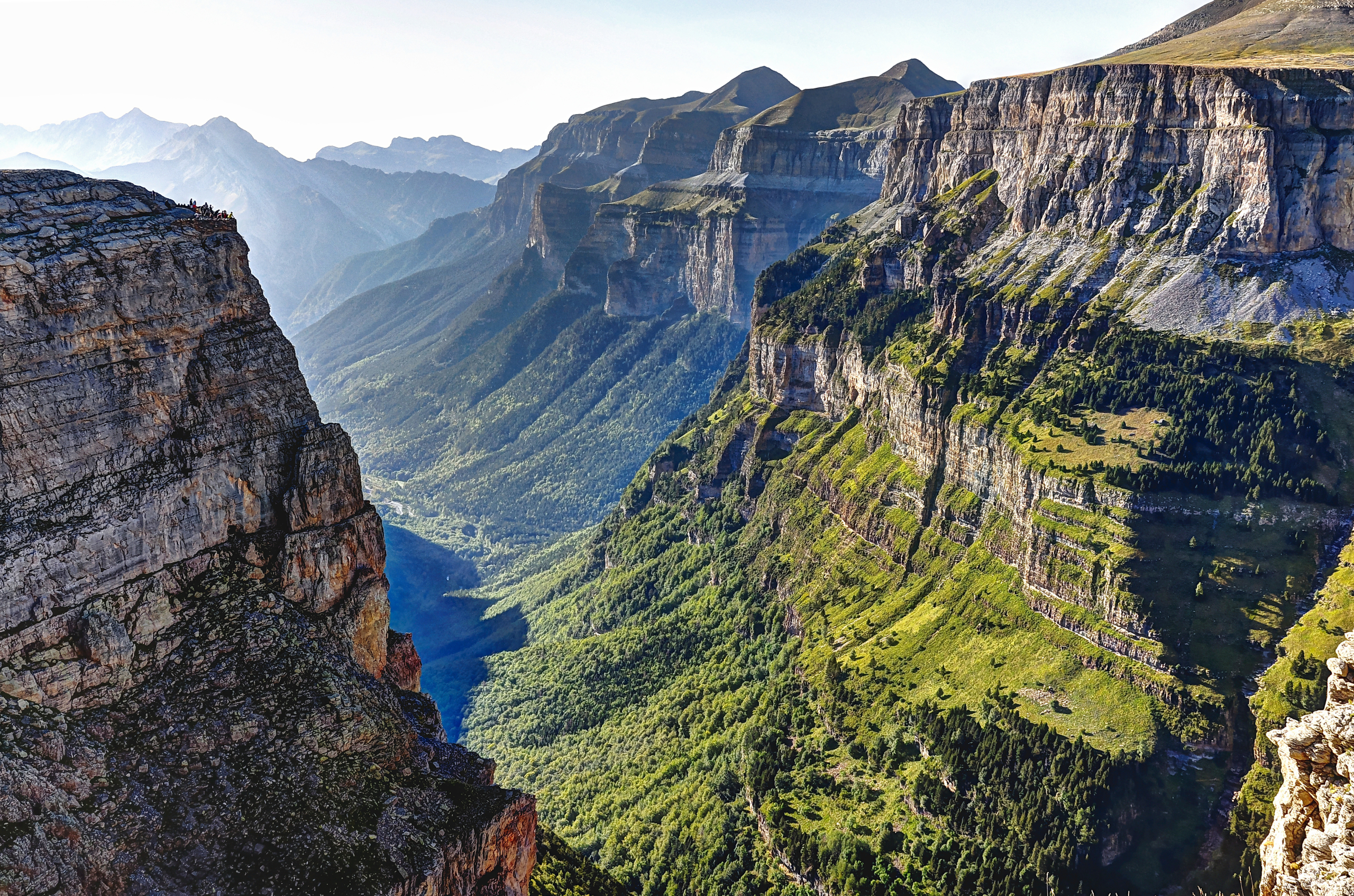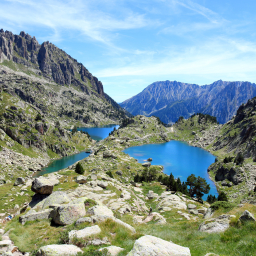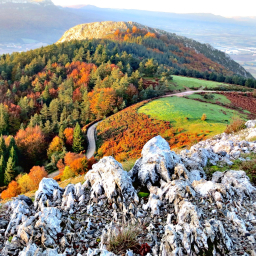NEW
SOLPYR makes progress in the protection of soils in the Pyrenees with a technical conference in Huesca
15 July 2025
- NEIKER is participating in this European initiative that seeks to improve the knowledge and sustainable management of Pyrenean soils, which are particularly vulnerable to climate change.
Mountain soils are among the most fragile and sensitive ecosystems to the effects of climate change. In the Pyrenees, rising temperatures, the reduction of snow cover and the pressure caused by certain recreational uses are accelerating processes such as erosion, compaction and carbon loss. These impacts deteriorate soil health and compromise essential functions such as water management and the maintenance of biodiversity.
To address this problem, NEIKER is participating in the European SOLPYR project, which aims to improve knowledge about mountain soils, identify their main vulnerabilities and promote their conservation through technical tools, educational materials and a common strategy among the Pyrenean regions.
Within the framework of this initiative, a technical conference was held in Huesca on 30 June and 1 July, combining field work and participatory workshops, under the slogan ‘Resilient Soils in the Pyrenees’.
Site analysis and mapping
During the two days, the participating teams travelled through different areas of the Aragonese Pyrenees to observe different types of soils and degradation processes directly on the ground. In the Sobrarbe region, they visited soils formed on moraines, accumulations of sediments deposited by ancient glaciers, and on turbidites, layers of sediments formed by submarine avalanches millions of years ago. In the vicinity of Jaca, on the other hand, areas eroded on marls, a type of sedimentary rock particularly vulnerable to the action of water, were examined.
‘Through these field trips we had the opportunity to share different points of view on various soil profiles and to identify erosive phenomena in mountain soils that are expected to be accentuated by climate change’, explains Ainara Artetxe, researcher at NEIKER.
Based on the information gathered in the field, a technical workshop was held in Jaca, at the headquarters shared by the Pyrenean Institute of Ecology (IPE-CSIC) and the Pyrenean Climate Change Observatory (CTP-OPCC), where collaborative work was carried out to translate these observations into useful tools for the project. Specifically, the representation of the observed soils in cartographic units, i.e. groupings of land with common characteristics, was addressed.
This exercise made it possible to share different methodologies among the project partners and to make progress on one of its main objectives: the creation of a common map of the soils of the Pyrenees, which will serve as a basis for future protection and sustainable management actions.
Awareness and citizen science to connect with soils and soil degradation risks
In parallel, a co-creation workshop, mediated by the Réseau Éducation Pyrénées Vivantes network, was held to discuss proposals for bringing soil knowledge to different audiences. The aim was to agree on key messages and priority target audiences for the educational and awareness-raising initiatives to be launched in the coming months.
Among the initiatives highlighted are a board game inspired by Parcheesi, which will allow people to learn about soils in a playful way, the creation and distribution of small metal cylinders that will allow hikers to take samples of soils subjected to degradation processes for subsequent laboratory analysis, and mountain routes that cover different types of soil. ‘In the case of the Basque Country, we are designing a soil itinerary in the Aizkorri-Aratz Natural Park,’ says the researcher.
About SOLPYR
Coordinated by the ICGC (Institut Cartogràfic i Geològic de Catalunya), in addition to NEIKER, partners representing the different regions of the Pyrenees also participate: DRYMA (Department of Rural Development and Environment of the Government of Navarre), FMC (Fundació privada Marcel Chevalier), FORESPIR (GEIE FORESPIR), GET-UT3 (Géosciences Environnement Toulouse-Université Toulouse III Paul Sabatier), IPE-CSIC (Pyrenean Institute of Ecology of the Spanish National Research Council), OPCC-CTP (Pyrenean Climate Change Observatory of the Working Community of the Pyrenees Consortium) and UPNA (Public University of Navarra).
The SOLPYR project has a total budget of 1,795,513 euros, 65% of which has been co-financed by the European Union through the Interreg POCTEFA 2021-2027 Programme. The aim of this programme is to strengthen the economic and social integration of the Spain-France-Andorra border area.
The implementation of SOLPYR will ensure the transfer of knowledge and the alignment of activities with the EU Strategy for Soil Protection 2030.






